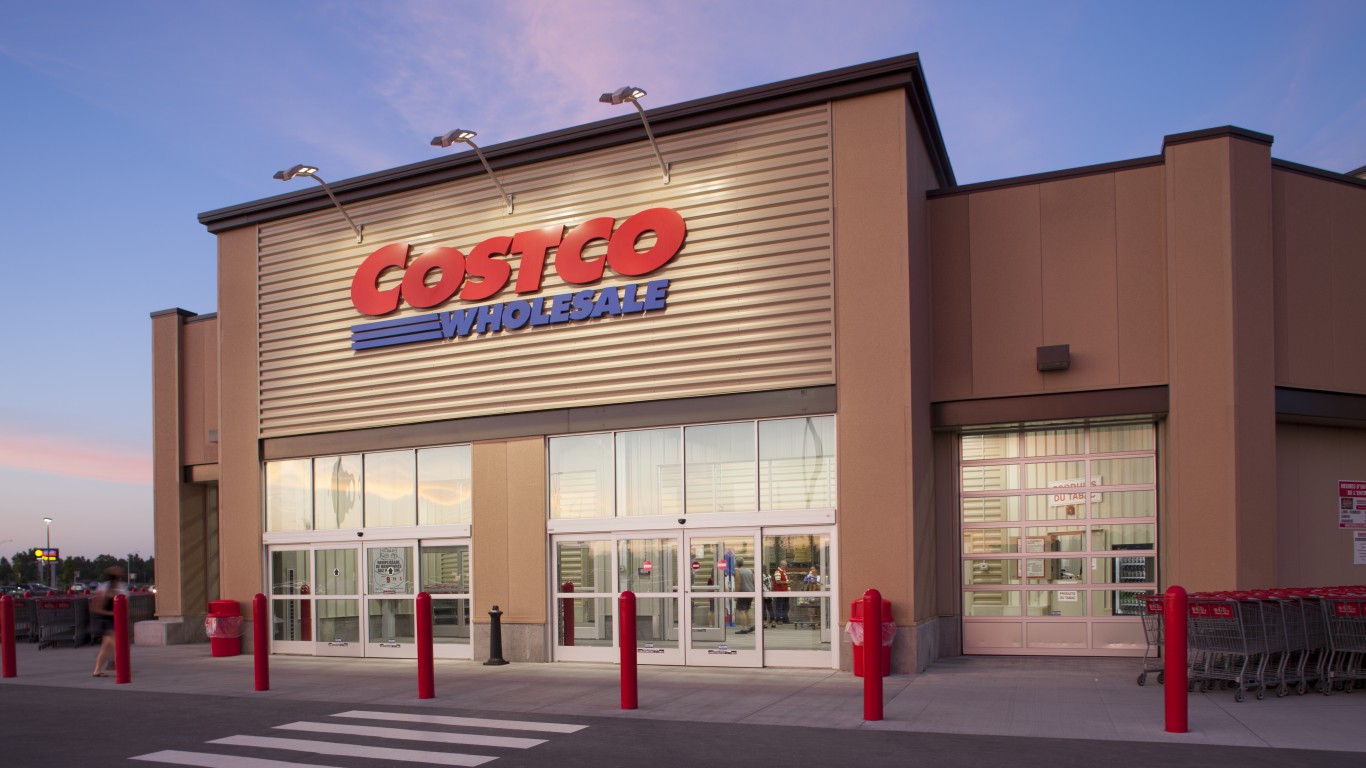
When McDonald’s Corp. (NYSE: MCD) announced results this morning, the fast-food chain said that it had $1.71 in fourth-quarter adjusted earnings per share (EPS) and $5.34 billion in revenue. That’s a decline of 11% in year-over-year quarterly revenues and but an increase of 16% in EPS. Adjusted operating income rose 9% to $2.14 billion.
Last week, Starbucks Corp. (NASDAQ: SBUX) reported results for its fiscal first quarter ended in December, and the specialty coffee company posted revenue of $6.1 billion and adjusted EPS of $0.65 on operating income of $1.1 billion. Revenue was up 6.1% year over year and operating income was down 1.5%. Adjusted EPS was up 25%.
One big difference between the two companies was same-store sales growth. Worldwide, McDonald’s posted a comparable store sales increase of 5.3%, which the company said reflected “positive guest counts,” likely a vague way of saying “traffic.” Starbucks’ global same-store sales rose just 2%, while traffic was flat and the average ticket per sale rose 2%.
The decline in McDonald’s revenue is due to two factors: an emphasis on its heavily discounted food items and the continued refranchising of company-owned stores. The value-priced menu items attract more traffic and, for now at least, appear to be more than making up for the loss of refranchising. The question, though, is how long that can go on. When commodity food prices rise, will McDonald’s still be able to continue selling $1 and $2 items?
Starbucks forecast same-store sales growth of 3% to 5% globally this year and added that it expects the growth “to be near the low end of the range for the year.” That’s still an improvement over the 2% growth in the first quarter. McDonald’s did not offer a 2018 forecast.
Over the past 12 months, McDonald’s stock is up more than 44% while Starbucks shares have added just 1.6%. McDonald’s counts more than 37,000 store locations worldwide, of which more than 90% are franchised. The company said it plans to open about 1,000 new stores this year, 75% of which will be funded by licensees and affiliates.
Starbucks plans to add 2,300 new stores in 2018 to the more than 23,000 it has around the world. The company recently completed the acquisition of some 1,400 stores in China to bring its number of owned stores in the country to more than 3,100.
McDonald’s has decided to offer low-priced items at franchised stores, while Starbucks owns most of its stores and has been moving further upscale with its Starbucks Reserve roasteries and stores.
Recently the McDonald’s strategy has paid off big for investors while Starbucks, which appears to be consolidating and targeting growth at the high-end, has struggled.
Will the situation reverse? Almost surely, but for investors the question is when. An expanding global economy may help Starbucks more than McDonald’s, and so might a weaker dollar. But with over 10,000 more locations and less skin in the expansion game, McDonald’s could keep up its growth trajectory for some quarters to come.
McDonald’s stock traded down about 0.6% in the late morning Tuesday, at $176.77 in a 52-week range of $121.70 to $178.70. The 12-month consensus price target on the stock was $186.57 before this morning’s earnings report.
Starbucks stock traded up about 0.4%, at $57.24 in a 52-week range of $52.58 to $64.87. The 12-month price target is %64.64.
Starbucks has a market cap near $81 billion, compared to McDonald’s lofty value of $141 billion.
It’s Your Money, Your Future—Own It (sponsor)
Retirement can be daunting, but it doesn’t need to be.
Imagine having an expert in your corner to help you with your financial goals. Someone to help you determine if you’re ahead, behind, or right on track. With SmartAsset, that’s not just a dream—it’s reality. This free tool connects you with pre-screened financial advisors who work in your best interests. It’s quick, it’s easy, so take the leap today and start planning smarter!
Don’t waste another minute; get started right here and help your retirement dreams become a retirement reality.
Thank you for reading! Have some feedback for us?
Contact the 24/7 Wall St. editorial team.


